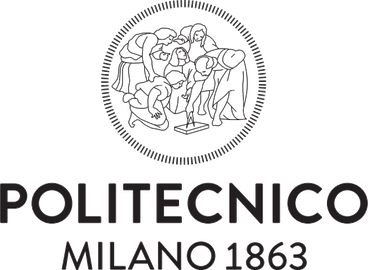Politecnico di Milano: Opening Of The First Twin Hut At The Passo Della Cisa
On 31 July, at the Passo della Cisa, the first TWIN Hut was opened, a welcoming structure for slow tourism along the Sentiero Italia CAI and the Via Francigena, built by the Politecnico di Milano and the Club Alpino Italiano as part of the TWIN – Trekking Walking and cycling for Inclusion project. The project is coordinated by the Politecnico and co-financed by CAI, involving a variety of different parties.
It has been developed thanks to the 2019 year edition of the Polisocial Award, the social responsibility programme of the Politecnico di Milano which uses funds from the Cinque Per Mille Fund to social research activities.
In a time when we are living in the midst of speed, when it is believed that being fast is the only way to overcome crises – while those who are slow are destined to fail – the research team would like to argue that slowness is a valuable resource, which we cannot do without and given its benefits, which we should encourage.
The hut was built using salvaged wood from the Vaia storm which was treated in the carpentry workshop of the Monza prison. The structure is similar to a mountain bivouac, although it is not left to its own devices, but becomes a meeting point, a place of exchange where travellers meet the area and its inhabitants. The welcoming of pilgrims, hikers and cyclists will be guaranteed by the Berceto Nova Community Cooperative which, in collaboration with the Municipality of Berceto, will provide work for vulnerable people.
The entire TWIN Hut network is designed to maximise social solidarity benefits. The name of the project, TWIN, means “twin” because its key ideas are articulated by pairings: slow tourism and social inclusion, slow lines and recovery of underused spaces, infrastructure and services. The ambition is to define a replicable model for the regeneration of marginal and vulnerable areas affected by slow-moving lines, boosting local economies by means of mobile tourism along cycle paths and trails, which is an opportunity for social inclusion.
TWIN was created by a research group of engineers, architects and urban planners from the Department of Architecture and Urban Studies (DAStU) of the Politecnico di Milano, who had already designed VENTO, the longest tourist cycle path in Northern Italy. For more than ten years, the research group has been committed to designing a slow tourism vision for the regeneration of fragile territories. While VENTO has designed a 700 km long cycle path running along the banks of the River Po, TWIN is experimenting with a new area project for the renovation of paths through social inclusion practices. In addition to DAStU, the Department of Electronics, Information and Bioengineering (DEIB) and the Department of Civil and Environmental Engineering (DICA) are also involved in this challenge.
The first TWIN hut was built over two years of intense work, made possible thanks to the invaluable collaboration of other organisations that have supported TWIN’s ideas, such as the Italian Cycling Federation, the European Association of Vie Francigene and the Oscar Romero Social Solidarity Consortium, the teaching staff of the Meroni Secondary School in Lissone (MB), carpenter Gabriele Bertola and the Parma branch of the Italian Alpine Club.

